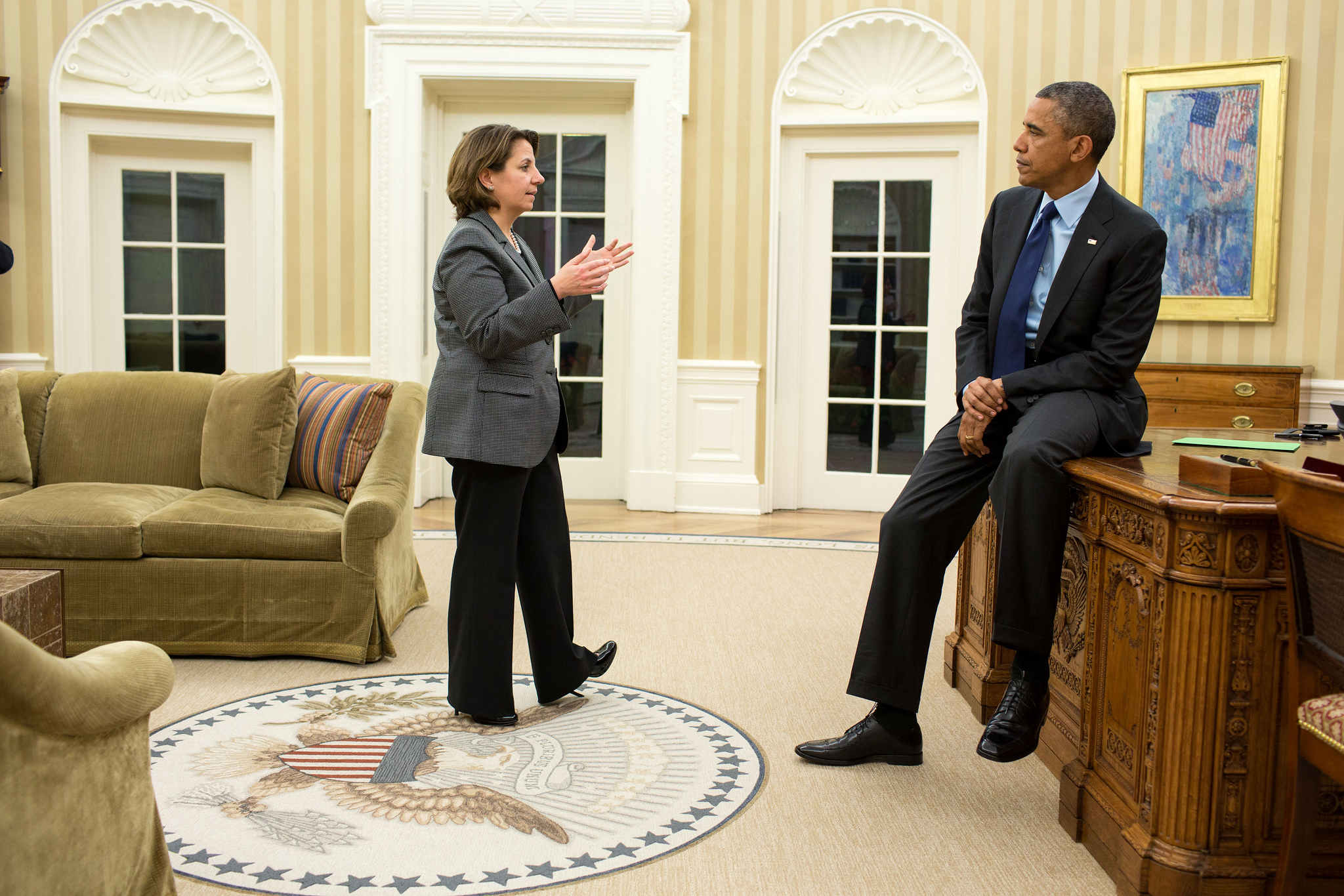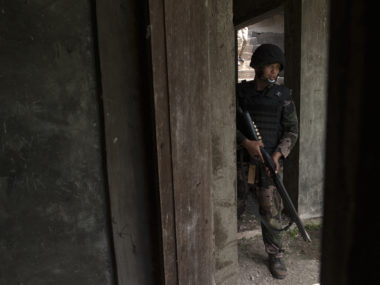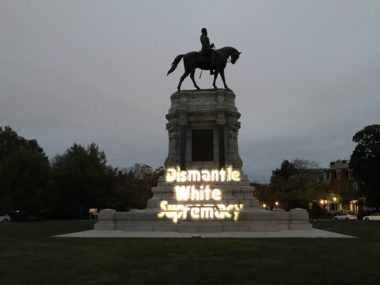
Yesterday Joakim Kruetz posted this question on Facebook:
The quote is from a blog post at The Independent. To understand why police would do this, it is helpful to think of protest—police interaction as a strategic interaction in which both police and protesters are trying to goad the other into “unprovoked violence” (aka disproportionate reaction; e.g., see a post of mine from 2012, Chong 1991, della Porta 1998 gated, Earl, Soule & McCarthy 2003 gated, Soule & Davenport 2009 gated). In other words, when police and protesters square off there is an audience to the interaction that will pass judgment: the public. There are also mediators who impact the message (media, though we are witnessing a dramatic change in the linkage between events and the public). Gary Marx (1974 gated, 1990) is the starting point for discussions of police use of agent provacateurs in democracies. But Kruetz’s question is not “why use agent provacateurs,” but “why use them when you are unlikely to get away with it?” My answer is: though there is a risk it will backfire, I think they will get away with it among the the most important audience, the coalition that supports the government. Think of it this way: the head of police needs to weigh the costs of this “backfiring” (e.g., having the government serve him or her up as a sacrificial lamb in the wake of public outcry among the government’s supporting coalition) versus the costs of having “chaos in the streets,” and in this case, losing her or his job due to a failure to provide a secure, “normal” environment for the upcoming World Cup and Olympics.
With that in place we can see why governments undertake concerted campaigns to discredit and marginalize protesters during the months prior to a known protest event, such as the one in Brazil. If you look back at Brazillian news for past few months you will find a slew of news stories quoting government officials painting a threatening picture of dangerous rabble rousers who will visit Brazil, and how the authorities are planning to keep the public safe (for useful conceptual discussion, see Earl 2003, gated). This, then, helps illuminate an important aspect of the question: having not been exposed to this boogie man drum beat, readers outside of Brazil, such as The Independent‘s blogger, do not view the protesters as outside trouble makers engaged in illegitimate activity. But the police in Brazil know that they have produced a narrative that maximizes their ability to place undercover agents who “appear to be protesters” in the crowd, have them instigate violence, and thereby not only legitimate the narrative of the advance media campaign, but undertake a crackdown that drives away the “average person” who is willing to march peacefully, but not be exposed to tear gas, water cannons, rubber bullets, etc.
This discussion further reveals why Christian Davenport and I launched a micro-protest policing project for the NATO 2012 meeting in Chicago, and placed a dozen volunteers among the protesters to monitor what was going on (see here, here, and here). Processing that raw information (video, still images, field notes, tweets, television coverage, news coverage, and government press releases) remains stalled while the two of us juggle our (over)commitments.
To offer a comparative perspective on what you have been, and will read, about protest this summer (and next…), what has been reported in the past two months about protester-police interactions from Angola to Brazil, Athens to Belfast, across Spain and Turkey, etc. is par for the course, by which I mean neither the protesters nor the police have been able to score a decisive victory. In other words, as during the Occupy movement, moments of victory are scored by each side, but the result is stalemate. Over the past 40+ years police have learned that stalemate works: if they can prevent protesters from disrupting commerce and harming political officials, they can wait it out (as the Occupy showed). What few appreciate is the extent to which the G8 has produced shared training across the 20 countries that attend that meeting (good overviews include della Porta & Reier 1998, della Porta, Peterson & Reuter 2006 and Rafail 2010 gated).
Thus far this year the exception is Stockholm, where 9 days of rioting closed out the month of May. Riots follow a standard script: cops (or a high status member of society) kill (or greatly injure) a low status person, and the low status community mobilizes, usually as a small protest, and for some (generally idiosynratic) reason some members of the low status community (largely male youth) take to a symbolic act of violence (e.g., destroying a police vehicle). When the police demonstrate that they are unable to sustain their standard level of coercion / repression, people in the community sense an opportunity to act out. [Research should focus on the idiosyncratic reasons.] This quickly spreads to others who take advantage of the obvious “lawlessness” to engage in pecuniary behavior (Sublime’s song, “April 29, 1992” illustrates this nicely, as does the riot portion of Ellison’s classic, The Invisible Man). Lots of people choose not to engage in looting, and even fewer engage in the subsequent running battles with the police (and attacks on, and harassment of, firefighters).
The responses to riots by media, public intellectuals, and politicians are equally predictable, and Davenport and I have discussed that in a podcast on a site that I am bugging Chris to repost (for a couple of examples from Stockholm 2013, see here and here). The project is called “Chris & Will Call ‘em Out,” and will hopefully be back online before summer is out (there is a video transformation issue he needs to resolve).
PS: There is a robust and valuable literature on protest policing, though it is almost strictly produced by sociologists. I encourage folks to check out (much of which is cited above):
della Porta, Donatella & Herbert Reier (eds.) 1998. Policing Protest: The Control of Mass Demonstrations in Western Democracies, Univ of Minnesota Press.
della Porta, Donatella, Peterson & Reuter (eds.) 2006. The Policing of Transnational Protest. Ashgate. Introduction chapter UNGATED
Earl, Jennifer. 2003. “Tanks, tear Gas and Taxes: Toward a Theory of Movement Repression.” Sociological Theory, 21(1): 44–68.
Earl, Jennifer, Sarah A. Soule & John D. McCarthy. 2003.”Protest under Fire? Explaining the Policing of Protest.” American Sociological Review, 68(4): 581-606.
Earl, Jennifer & Sarah A. Soule. 2006. “Seeing Blue: A Police-Centered Explanation of Protest Policing.” Mobilization: An International Quarterly, 11(2): 145-164.
Marx, Gary T. 1974. “Thoughts on a Neglected Category of Social Movement Participant: The Agent Provocateur and the Informant.” American Journal of Sociology, 80(2): pp. 402-442.
Soule, Sarah A. & Christian Davenport. 2009. “Velvet Glove, Iron Fist, or Even Hand? Protest Policing in the United States, 1960-1990.” Mobilization: An International Quarterly, 14(1): 1 – 22.
Schweingruber, David. 2000. “Mob Sociology and Escalated Force: Sociology’s Contribution to Repressive Police Tactics,” Sociological Quarterly, 41(3): 371–389 [UNGATED].
@WilHMoo








0 comments
This is not true. What we see here in rio de janeiro are people doing their peaceful protest and a smaller group of vandals breaking all over the city and attack the police. Put fire on a police officer. This nonsense. This group is trying to cause instability in the city. In the us any manifestation is the presence of undercover police, because here would not occur? Live in a country steeped in corruption and violence on the part of traffickers that are a parallel power. However, are the cops who go up the hills daily to maintain order.
is proven that police infiltrators are causing conflicts.
Police in Rio de Janeiro is known for corruption and banditry, the police pathology is exacerbated by authoritarianism, provided by a fascist media.